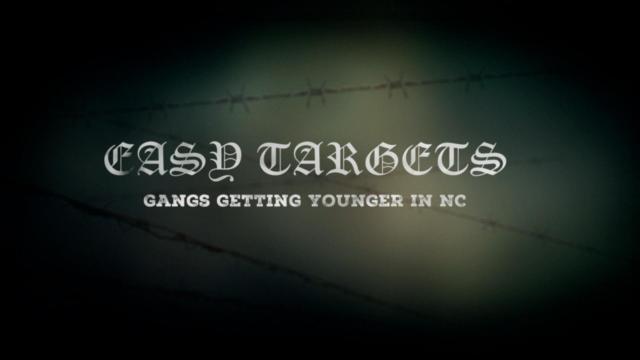most recent the article insights on North Carolina gang data
by from "gang related crime" – Google News, published on 2024-06-05 07:00:00. This essential dives into [rule_1], providing excellent information on [rule_2_plain]. Don’t miss out on this news read – check it out now at https://www.wral.com/amp/21465469/.
North Carolina law defines a gang as:
“Three or more persons with the same common beliefs work together to commit a crime.
From the state capital to smaller communities, law enforcement and community leaders agree.
“I think it's a big problem. We, as leaders, have to recognize that there is a problem,” said Edgecombe County Sheriff Clee Atkinson.
“Raleigh is not immune. Raleigh is not exempt,” said Raleigh Police Chief Estella Patterson.
The WRAL documentary team wanted to understand the types of gangs operating in the state, the crimes they commit and how a recent change in law in North Carolina makes it easier for gangs to recruit children.

“The South has seen an explosion in the last 20 years” in crime, said BC Sanders, a retired police officer. He listed “Bloods, Crips, Sonos, Norteños, Latin Kings, Gangster Disciples, Satan Disciples, Latin Disciples, the list goes on and on.
Some of those in the police leadership were eager to shed light on the problem.
“I thank God that you even want to come and share this stuff, because in our communities we run away from it,” Atkinson said.
Nash County Sheriff Keith Stone told WRAL, “If you have leaders in your community who are reluctant to tell you that you have this type of activity, that's scary to me.”
Sanders says there are gangs in Charlotte, Raleigh, Rocky Mount, Wilmington, Fayetteville, Greensboro, Winston-Salem selling drugs, robbing people, committing fraud.
In Durham, a city with a known and documented gang problem, police didn't want to talk about it. That was surprising, because in 2022, a WRAL documentary detailed the challenges the Bull City faces with gun violence — an average of two shootings every day — in “Durham Under Fire.” Still, no one was willing to discuss gangs.
“You have gangs everywhere,” Raleigh's Patterson said. She also added the context that compared to similarly sized cities, Raleigh's violent crime rate is relatively low.
The cohort of 10 cities, each with a population between 425,000 and 515,000, includes Raleigh, Atlanta, Kansas City, Miami and Virginia Beach. Of that group, Raleigh's crime rate — 2,353 violent crimes in 2022, or about 494 per 100,000 people — is lower than the rates in Atlanta and Kansas City. Raleigh has a slightly higher rate than Miami or Virginia Beach.
Oakland, California, with a smaller population — 430,555 in 2022 compared to Raleigh's 476,587 — has three times the crime rate of Raleigh. In Oakland, in 2022, there were more than 6,500 violent crimes, or about 1,500 violent crimes per 100,000 people. Raleigh had 2,353 violent crimes in 2022, or about 494 per 100,000 people.
Of course, not all violent crime is gang crime, and a significant concern is the increase in violent crime by juvenile offenders.
According to the North Carolina Department of Justice, 2,300 violent crimes in 2022 were attributed to those under the age of 18. That was more than double from 2019 (978 violent youth crimes).
The current page does not support this embedded media. To view this story with fully functional media, please visit this page on our full site.
What changed during that time? North Carolina law.
On December 1, 2019, North Carolina raised the age for juvenile delinquency. Before that time, offenders who were 16 or 17 years old automatically had their cases heard in the adult court system.
According to William Lassiter, Assistant Secretary of Juvenile Court, and others, the interpretation—and treatment—of that law is contributing to the rise in violent youth crime and the recruitment of young gang members.
“We have to do a better job as adults of defining that, making sure young people understand that there is still a responsibility,” he said.
For more updates, follow us at www.wral.com.




